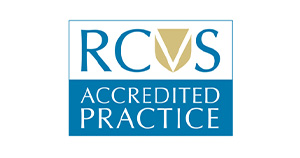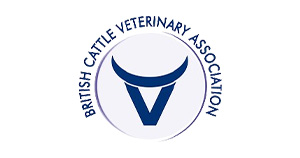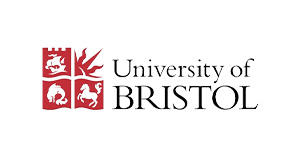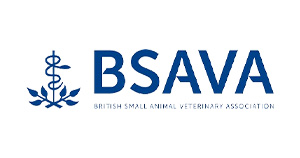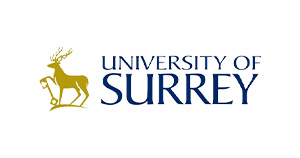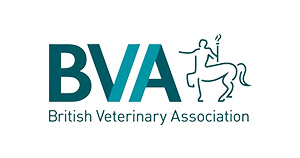Early Intervention for Misaligned Teeth
Safeguarding Puppy Health with Advanced Dentistry
Published on: Nov 2, 2023
It is always an exciting moment when we have a whole litter of puppies come in for their first health check. There are, of course, lots of cuddles all round but this is a particularly important check-up for the puppies as well, as they each receive a thorough health assessment from the vet before they go to their new homes.
Vet Rosy recently saw a lovely litter of 8-week-old Cockerpoo puppies brought in by their breeder for their first vaccinations, microchipping, and health checks. As with every first puppy health check, Rosy was giving each pup a thorough examination – it is important to check that a puppy is free of any symptoms of disease, but we also need to assess for any sign of congenital abnormality or health condition so that new owners can be fully informed about their purchase. These puppies were certainly in good health but, during the examination, Rosy found that three of them had a problem with their teeth.
The pups had a form of dental malocclusion, in which their upper and lower jaws had not developed correctly in relation to each other, so that their baby lower canines were sitting in the wrong position – on the inside of the upper teeth – a condition known as ‘lingually displaced mandibular canines’. This condition has a genetic basis, and although their mum had previously had other litters with no such problems, a new stud dog had been used for this litter. The combination of their genes had resulted in this unfortunate outcome for a few of the pups.
We see this condition quite commonly at this age and it is usually only a mild abnormality, often correcting itself as the puppy grows. Encouraging safe chewing activity can help the teeth and jaw develop into a more normal position.
However, for these pups the condition was more severe – the Mal positioned lower baby teeth were already causing trauma to the roof of the mouth and were likely to cause serious problems as the puppies grew. The trauma from the teeth would cause severe pain and can also cause permanent holes to form between the mouth and the nasal cavity. Not only this but the abnormal position of the baby teeth could push the developing adult teeth into the wrong position and could also ‘fix’ the lower jaw in its abnormal position in relation to the upper jaw, preventing proper growth of the jaw and resulting in worsening of the abnormality.
In this situation the appropriate treatment is to extract the affected canines, but this is a major undertaking for such small puppies and a big worry for the breeder. But she knew it was the right thing to do and the puppies were booked in for me to perform the procedures.
On the day of their procedures, we had a lot of challenges to consider. Firstly, the dental work itself is tricky. Although the affected teeth are in the wrong position, they are healthy teeth with long roots, and because they are baby teeth their roots are fragile and easily fractured. They are also positioned immediately adjacent to the adult teeth sitting under the gum, so it is necessary to be incredibly careful to avoid causing any damage to those permanent teeth during extraction. In addition, the general anaesthetic, necessary to carry out the extractions, carries a higher risk for such a young patient. Young puppies are much more likely to suffer from hypothermia, low blood glucose and other anaesthetic complications. So as a team we went over our plan for the anaesthetic and dental work in detail before we started.
Each puppy underwent their dental procedure in turn, and we needed to be as quick as possible to limit their time under anaesthetic. They received a light sedative pre-medication and then were placed in a warm oxygen chamber before their anaesthetic induction. During their anaesthetic Nurse Daisy regularly monitored their blood glucose, blood pressure and temperatures to ensure we could react quickly to any changes. We used local anaesthetic injections in the mouth to control any pain, meaning that we could maintain them under a light anaesthesia.
In order to extract the affected teeth, we needed to surgically create a flap of gum and access the roots, enabling us to gently lift them away from the bone without breaking them. Each little baby tooth was carefully extracted before the flap of gum was then closed with dissolvable stitches.

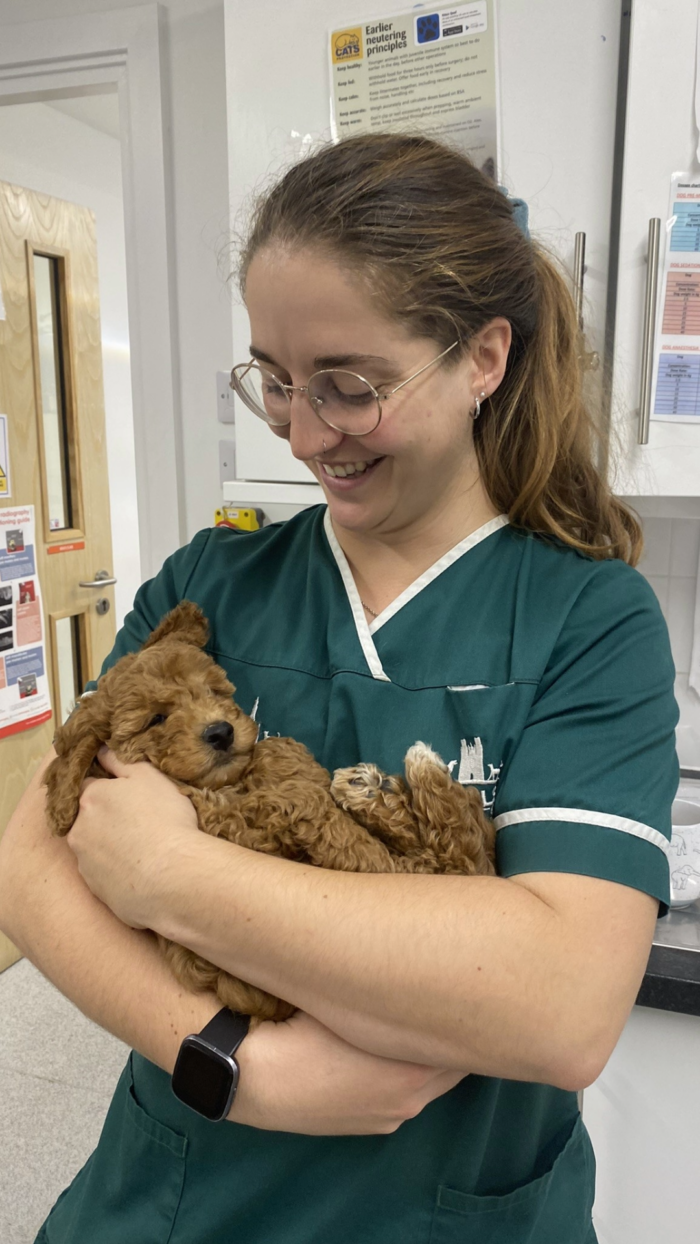

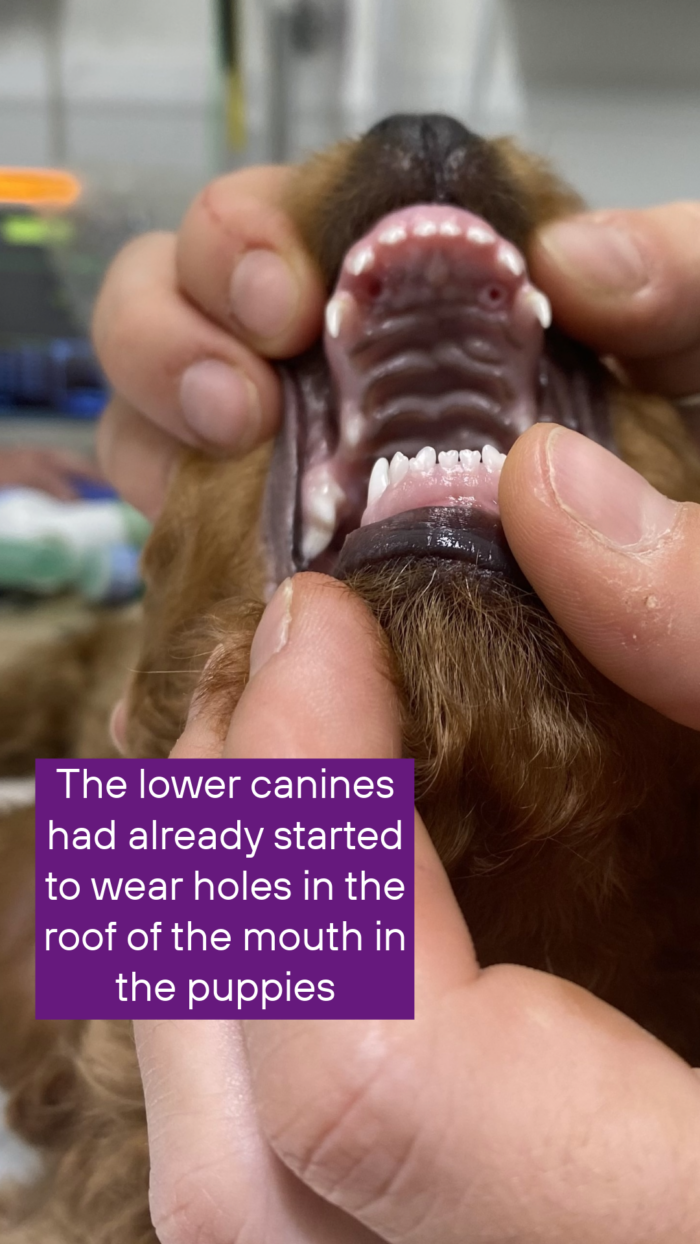
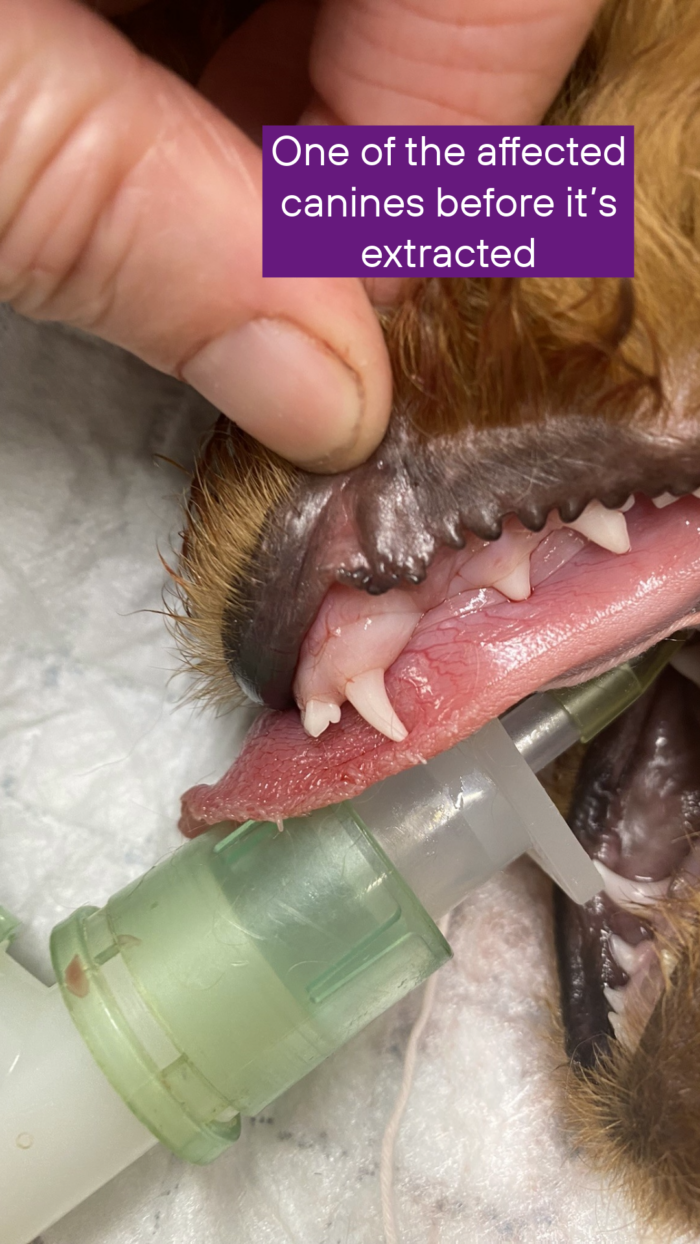
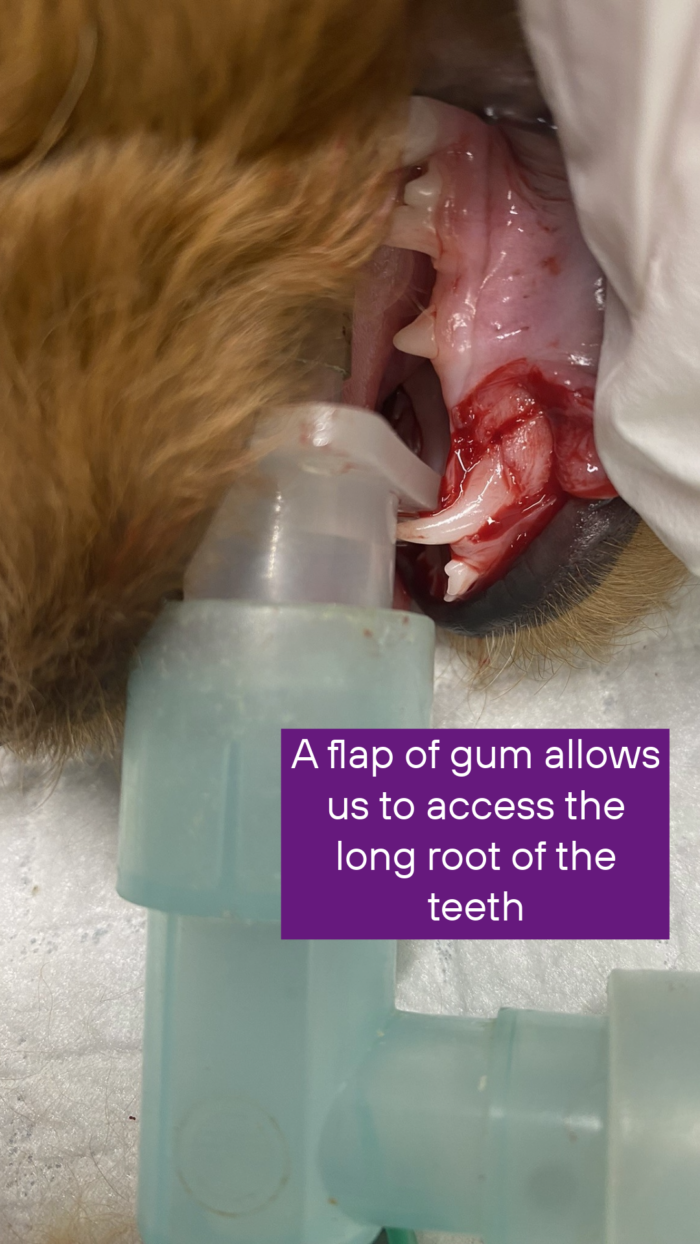
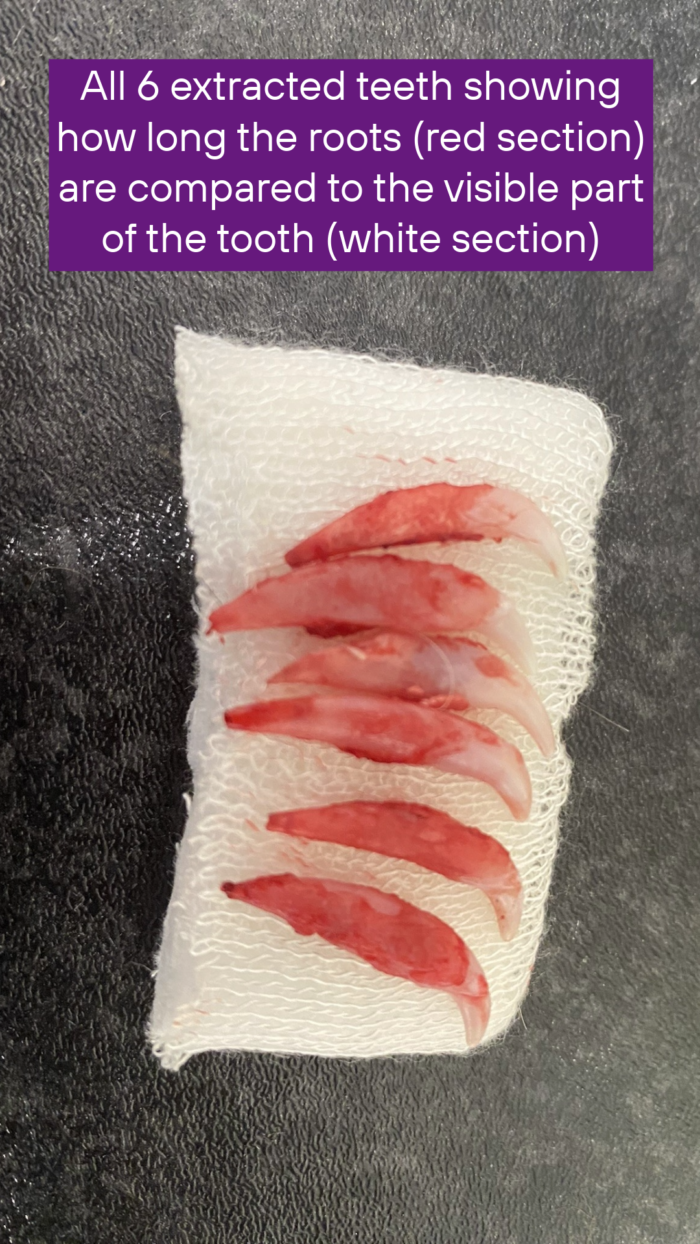
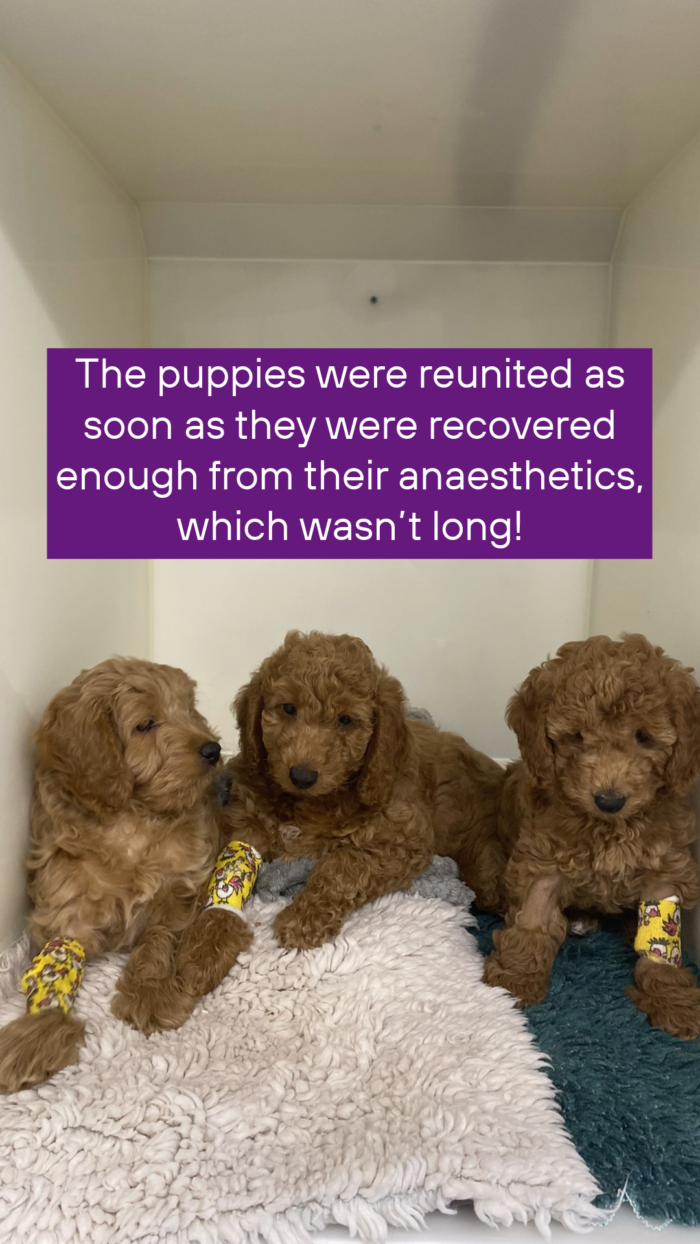
Each puppy’s anaesthetic and dentistry went well, the teeth were successfully extracted with no damage and all their parameters remained normal throughout. They recovered from their anaesthetic remarkably quickly – within a few minutes of finishing the procedure – and we all breathed a big sigh of relief when they were fully up and about, eating and playing together within half an hour of the last pup waking up.
The puppies must have felt better too, without their sharp puppy teeth sticking into the top of their mouths. They have not looked back, and when we saw them for their 2nd vaccinations they were doing well. Their new owners will be aware that they must monitor them closely as their adult teeth develop, in case of positioning problems, but there is a good chance that the pups’ jaws may now go on to develop in a normal position.
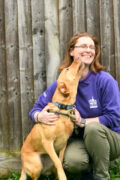
Author –
Gudi Stuttard
Misaligned puppy teeth in Cockerpoos? Read how Shepton Vets’ dental team performed safe extractions to prevent future complications & pain for the pups.
Puppy Dental Problems | Misaligned Puppy Teeth | Lingually Displaced Canine | Early Puppy Dental Treatment | Puppy Tooth Extraction | Anaesthesia for Young Puppies | Safe Puppy Dental Procedures | Shepton Vets Advanced Dentistry | Importance of Puppy Health Checks
More Articles from Gudi
Read More Related Articles
Caring for your pet as we do our own
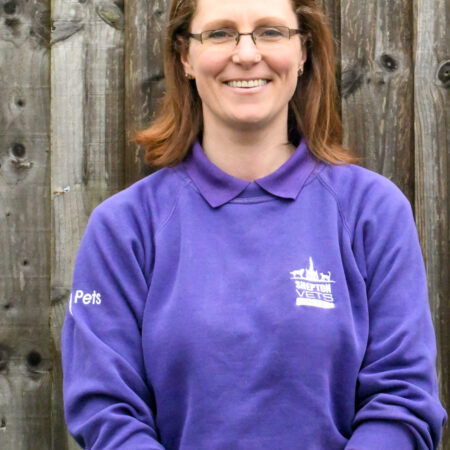
At Shepton and Wells Vets, we understand what your pets mean to you, and so our Pets team aim to care for each and every one of them as we would do our own.
We care about your pet
Our primary focus is keeping them fit, happy and healthy with comprehensive and effective preventative healthcare, advice and treatment.
We care about you
We aim to communicate clearly and honestly with you, and discuss different treatment options so that you can make the right informed choices for you and your pet.
We care about clinical excellence
We take pride in providing a high level of medical and surgical care, working together as a team to do the very best we can for your pet.





